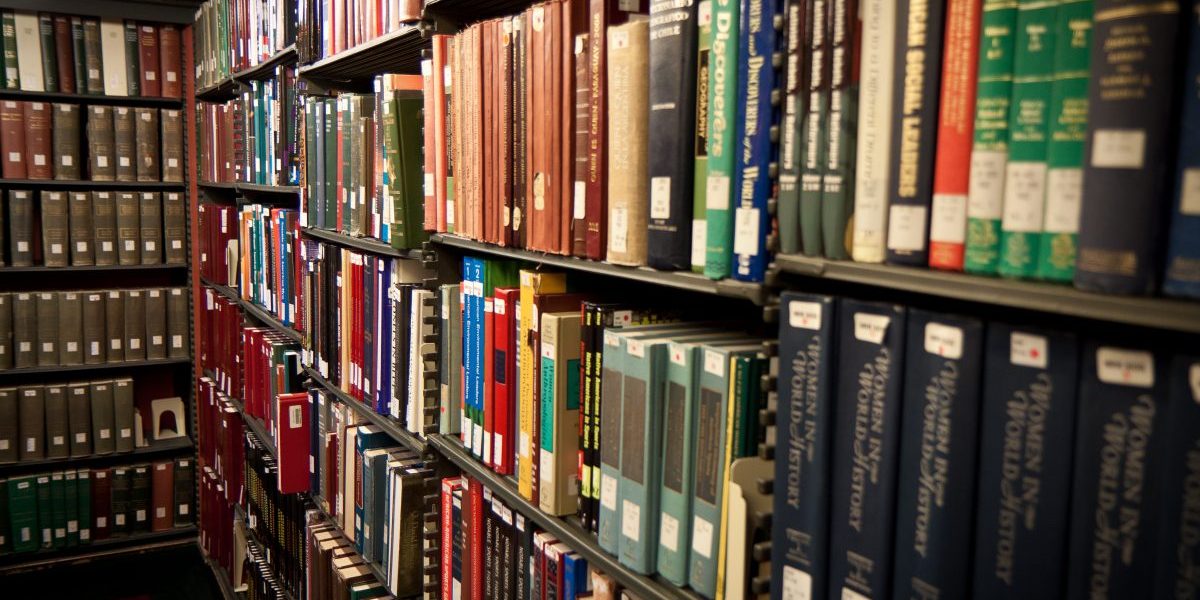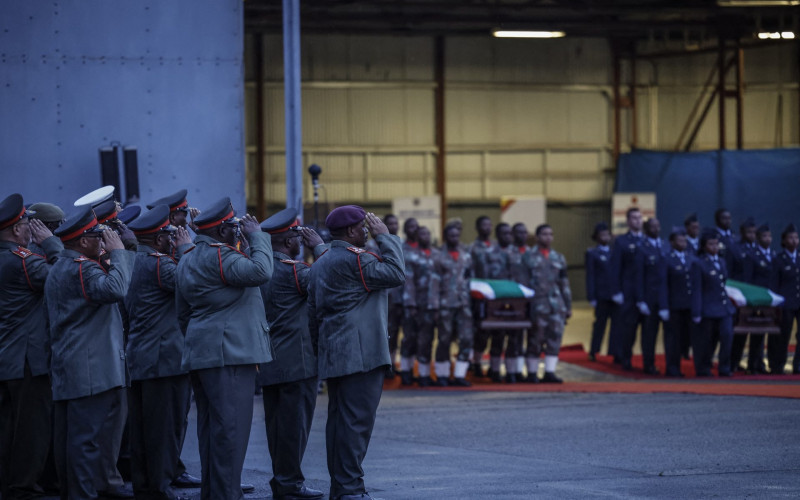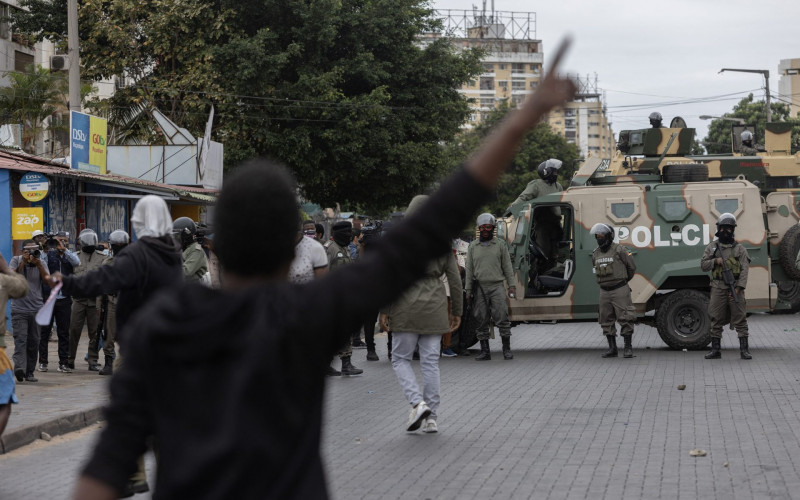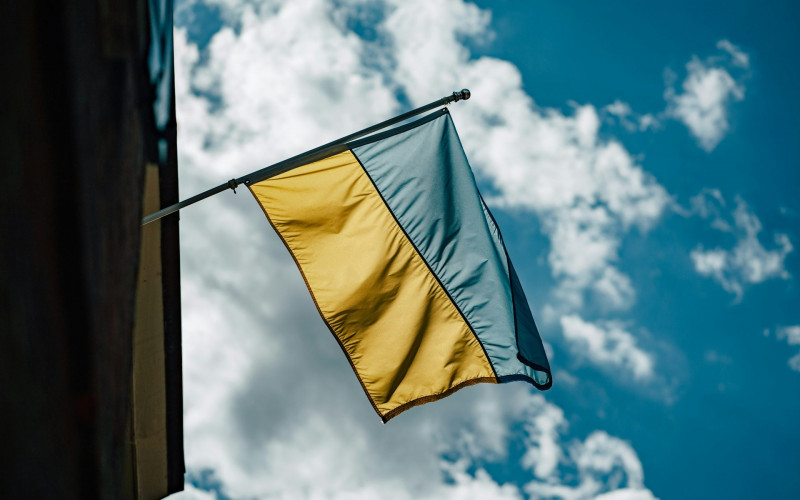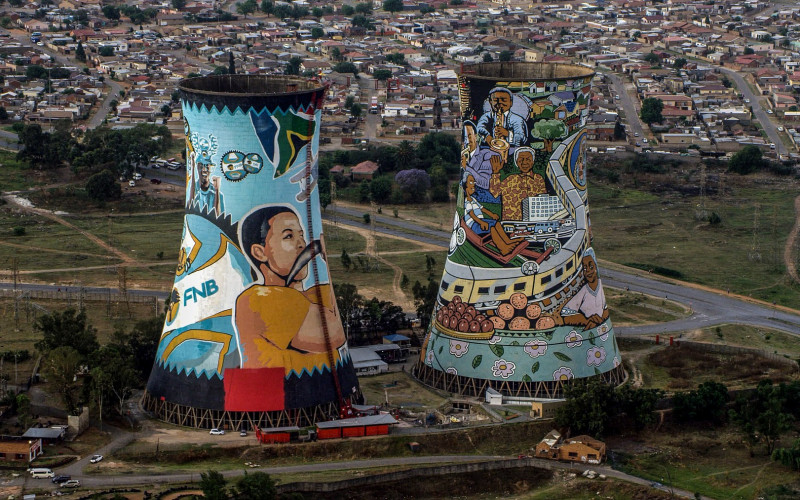African Accountability: What Works and What Doesn’t? focuses on political and social aspects to assess the current state of governance and accountability in Africa. Rather than choosing an Afro-optimistic or Afro-pessimistic approach, both of which have been prominent since the start of the 21st century, this book tries to adopt a balanced, Afro-realistic view, giving credit where it is due, while also pointing out deficient areas that need improvement.
This edited volume brings to the fore cutting edge analysis on the contemporary African governance and accountability landscape by focusing on both continental institutions (including the African Peer Review Mechanism, African Charter on Democracy Elections and Governance, and the African Union) well as domestic ones (parliaments, ombudsmen and electoral commissions).
Watch an interview with the editors of the book, Yark Turianskyi and Steven Gruzd.
Reviews
‘This survey of political accountability in Africa today provides critical insights into the effectiveness of a range of institutions. Democratic accountability in Africa is too often on life support. This book should serve to jolt us all into providing urgent attention to the patient.
— Peter Fabricius, veteran South African journalist
A welcome addition to the literature on accountability in the African context. It is a clear and succinct work, helpful for those in the academy as well as anyone wanting to understand institutions in Africa.’
— Judith February, senior research associate, Institute for Security Studies.
‘I believe that the topics covered in your book will dominate the discussion on African affairs in the years to come.’
— Magliveras Konstantinos, Associate Professor of Law of International Organisations at the University of the Aegean, Greece
Read a review of the book in The Sowetan.
Watch the video of Advocate Madonsela’s speech at the launch of the book.
Book review, Journal for Contemporary History, Volume 41.1, June 2016
African Accountability: What Works and What Doesn’t?, a book edited by Steven Gruzd and Yarik Turianskyi, is a story about the struggle for democracy in Africa. It tells the story not so much through the lives of heroic individuals and decisive events as through institutions. And institutions, by their nature, are rather dry. Nonetheless the book is important, because it is precisely the weakness of institutions that has been the great failure of democracy, accountability and good governance in Africa. Understanding their strengths and weakness is crucial to understanding the successes and failures of democracy and accountability.
Anyway, it is also true that it would be difficult to tell this story through the lives of heroes, because this continent, while it can boast many liberation heroes, can show few heroes of democratisation. That in itself is an important part of the story. If there are heroes, they are mostly unsung and rather anonymous, ordinary people, including the civil society activists who struggle against the authoritarianism of their leaders, some of them liberation heroes.
The editors Gruzd and Turianskyi, of the Governance and APRM Programme at the South African Institute of International Affairs (SAIIA), say in their introduction that they are neither Afro-pessimists nor Afro-optimists but Afro-realists, which is the correct thing to say for anyone aspiring to objectivity. The picture that emerges is indeed rather mixed. Taking the long view, Africa has become more democratic over the last few decades. Especially since the end of the Cold War, and then the replacement of the Organisation for African Unity (OAU) by the African Union (AU) in 2002, institutional democracy has proliferated.
Today most African countries have regular elections, (independent?) electoral commissions and Parliaments, ombudsmen, public protectors, human rights commissions, constitutions, and courts. At the continental level the AU charter enshrines the new norms of democracy, human rights, the rule of law and good governance. There is the African Peer Review Mechanism (APRM) through which governments may scrutinise each other’s governance, and the African Charter on Democracy, Elections and Governance (ACDEG), which articulates the AU’s norms. There is also the African Commission on Human and Peoples Rights, the African Court and other, regional, tribunals. There are also ambitious programmes like the AU’s Agenda 2063, aimed at transforming Africa into a continent of peaceful and prosperous democracies by that date.
These are the institutions which the 12 authors of this book examine, and their overriding question, of course, is how real and effective are these institutions? Do they contribute to democracy and accountability? Or are they mostly just paper tigers, with much more growl than bite?
This book clearly leans to the latter view. As the editors note in their introductory chapter, in 2000, Freedom House, the US NGO which has been tracking political freedom and civil liberties across the world for several decades, classified nine of the then 53 African states as “Free”, 26 as “Partly Free” and 18 as “Not Free” (p.2). “Thirteen years on, little had changed” Gruzd and Turianskyi note where, “10 states were classified as ‘Free’, 22 as ‘Partly Free’ and 21 as ‘Not Free’. This actually shows more regression than improvement” (pp. 2-3).
The conventional wisdom – which is shared by some of these authors – is that the AU’s decision to outlaw coups has been one of its greatest achievements. Now the challenge is the “new coups” as they have been called, the vigorous attempts by incumbent leaders to cling to power by gerrymandering terms limits in their countries’ constitutions.
Yet even coups are far from being behind us, as the editors point out. They quote a recent study which shows that the rate of coups between 1946 and 1999 was 3,83 a year compared to 3,03 per year between 2000 and 2012, hardly a spectacular improvement (p. 3).
The reasons for the general failure to translate institutions into real accountability practices are varied. Part of the problem is that many of the institutions are structurally flawed. John Mubangazi writes in his chapter 10 on Ombudsmen that the oldest official Ombudsman institution of the 39 in Africa, is Tanzania’s which was founded in 1966. Yet Tanzania’s Ombudsman may not investigate the president of Tanzania or Zanzibar. And the president may order the ombudsman to investigate or not investigate any matter or functionary. “These are serious limitations on the independence and impartiality of the Commission and would obviously have a significant impact on its effectiveness,” (p.159) Mubangazi correctly observes.
But the real problem – and this runs right through all the chapters of the book like a tarnished golden thread – is that even democratic institutions which are theoretically well-constituted have mostly proved powerless in practice. That is because presidents and other powerful politicians have simply ridden rough-shod over them. They have used whatever means are at their disposal to do this, including squeezing the ombudsman’s budget or launching spurious investigations into the propriety of the incumbent.
Mubangazi describes South Africa’s Public Protector (in effect an Ombudsman) Thuli Madonsela, the “leader of the pack” of African ombudsmen. Nevertheless he notes that even she has come under considerable pressure from the ruling party, mainly because of her adverse findings against President Jacob Zuma over the very expensive upgrade to his private Nkandla residence.
In Chapter 9 on elections in West Africa, Adele Jinadu describes a wide range of electoral management bodies across that region and across Africa, from those that are fully state agencies, appointed by the President, through some hybrid institutions, to fully independent electoral commissions appointed by Parliament. The degree of institutional independence often does affect the degree of independence in practice. Yet Jinadu also observes that the institutional strength of an electoral commission is not always a good indicator of its independence in practice. Some government electoral commissions have performed better than supposedly independent ones.
With Parliaments, the story is similar, as Lia Nijzink describes in her chapter on that institution. Their powers vary; only some possess what one might have thought was the sine qua non of a Parliament, the power to remove the government by a vote of no confidence. Yet even those with such powers have hardly ever exercised them or have held the executives to account in any other way. They remain beholden to the executive by various devices. In South Africa, for example, the party list system means MPs owe their jobs to the ruling party so are unlikely to cross it.
In her Chapter 7 on Courts and Civil Society, Nicole Fritz, founder of the Southern African Litigation Centre, describes how regional rule of law activists have successfully used the courts to advance democracy and accountability, including by winning a court order for police to investigate torture allegations against senior Zimbabwe ministers and officials. They have also managed twice to block ICC-indicted Sudanese President Omar al-Bashir from visiting South Africa. Yet even in South Africa the government flagrantly disobeyed an order by the High Court to detain al-Bashir when he visited in June this year for the AU summit.
At the continental level, as the editors note, the picture is also not very encouraging. Only 35 African nations have signed up to be peer-reviewed through the APRM, only 17 have in fact submitted to peer review and very few of the exhaustive lists of recommendations emerging, have been implemented. The AU, for all its worthy values, has been extremely reluctant to enforce them, most notably, at present, by sanctioning the many presidents who are manipulating their countries’ constitutions to cling to power.
In Chapter 2 Khabele Matlosa notes that the African Charter on Democracy, Elections and Governance (ACDEG), though much less known than the APRM, has, in theory, more power, as its prescriptions are binding on those nations which have ratified it. Yet only 24 have done so far. “The fact that fewer than 50% of the AU’s 54 member states have undergone APRM and ratified ACDEG respectively is a grave indictment of the ostensibly low political appetite for democratisation by African states,” (p. 27). More optimistically, George Mukundi, in Chapter 3, describes the elaborate AU “African Governance Architecture” and says it has the potential to expand the scope and reach of the APRM reviews because of its binding nature.
More broadly still, in Chapter 4, on “The AU at 50”, Turianskyi and Hengari commend the organisation for the relative success of its peacemaking efforts but lament that its many democracy and good governance efforts have been less so. Tim Murithi explores the AU’s ambitious Agenda 2063 programme to achieve peace and prosperity in 50 years and commends the body for clearly articulating the right norms for the continent. But he also notes that, “The AU will need to seriously re-orient the political leadership of the continent and take decisive and necessary action” if it really wants to implement Agenda 2063 (p. 14).
In his Chapter, J Shola Omotola similarly suggests that the AU could make a greater contribution to democracy by being less indulgent of incumbent leaders in its election monitoring and should make greater use of local election monitors who understand the local terrain better.
Ivan Crouzel makes the very pertinent observation in his Chapter on elections and instability, that although elections have become the height of political fashion in Africa, this does not always translate into either democracy or stability. Many authoritarians manipulate elections to justify their position in power and elections often spark violence.
Mubangazi observes: “There is no doubt that a democratic environment and a state based on the rule of law are preconditions for the proper functioning of an Ombudsman institution” (p. 158). This goes to the heart of the matter. One could replace “Ombudsman” with any one of the other institutions analysed in this book and that observation would remain as true.
Most of the chapters articulate the same maddening circular logic of African politics; in order for institutions of democracy and accountability to function, you first have to have a democratic and accountable environment. Or, put differently, you need the political will for democracy and accountability, you need democratic leaders. As the editors observe, in their concluding chapter 12, notwithstanding a growing panoply of institutions, “Democracy is not possible without democrats” (p. 196).
Yet the book also makes clear that Africa is in fact inching its way towards democracy and accountability. In most countries, most of the institutions analysed, for all their ultimate perfections, have registered progress. Establishing democratic institutions at the very least, raises the bar for those undemocratic executives who thwart them. Tampering with democratic institutions risks, if nothing else, popular uprisings, as Burkina Faso’s Blaise Compare discovered to his cost last year.
This book should be read by all Africanists, both as a story, from the institutional perspective, of the struggle for democracy and good governance on this continent, as well as a useful reference to the many institutions it so perceptively examines.
The editors, in any case, remain doggedly optimist, concluding that, “in spite of existing problems the continent overall is in a better shape than it was 50 years ago. The key to the next half century is improving the efficiency of reforms and positive change. Africa needs to keep working at advancing accountability, to achieve its development dreams” (p. 201).
To order a print copy of the book, email pubs@saiia.org.za

